Always use Lidocaine plasters exactly as your doctor has told you. If you are not clear on how to use the plasters please contact the Pain Clinical Nurse Specialist or check with your doctor or pharmacist.
The usual daily dose is to use between one and three plasters on the painful areas of your skin. Plasters may be cut into smaller pieces to fit the affected area. You should not use more than three plasters at the same time.
The plasters should be removed after 12 hours of use, so that you have a 12 hour period with no plaster.
Usually, you will feel some pain relief on the first day you use the plaster. However, it may take up to two to four weeks until the full pain relief effect is seen.
Before you place a plaster on the affected area
if the painful area of skin has hairs on it, you can cut these off using scissors. Do not shave them off the skin should be clean and dry creams and lotions may be used on the affected skin when you are not wearing the plaster. The skin should be clean and dry before the plaster is stuck onto your skin if you have had a recent bath or shower, you should wait until your skin cools before using the plaster
Sticking the plaster on
Step 1: open the sachet and take out one or more plasters
tear open or cut the sachet along the dotted line, when using scissors, be careful not to damage the plasters take out one or more plasters depending on the size of the painful area on your skin
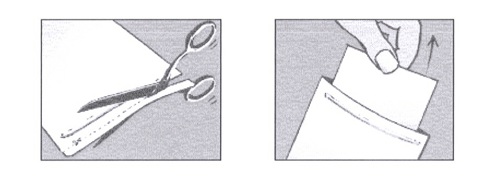
Step 2: close the sachet
close the sachet tightly after use, the plaster contains water, and will dry out if the sachet is not closed properly
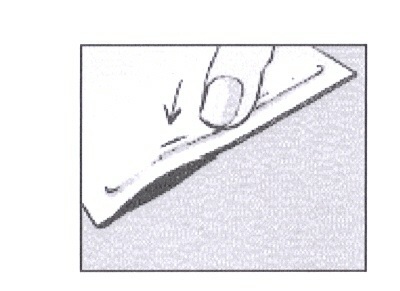
Step 3: cut the plaster
if necessary if you need to, cut the plaster to the size to fit the painful area of skin before removing the liner
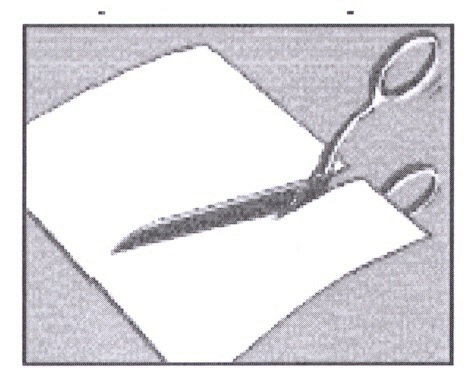
Step 4: remove the liner
remove the transparent liner from the plaster, try not to touch the sticky part of the plaster
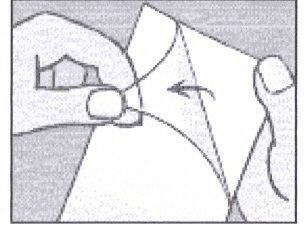
Step 5: apply the plaster and press it firmly onto the skin
apply up to three plasters to the painful area of skin
press the plaster onto your skin
press for at least 10 seconds to make sure the plaster sticks firmly
make sure that all of it sticks to your skin, including the edges
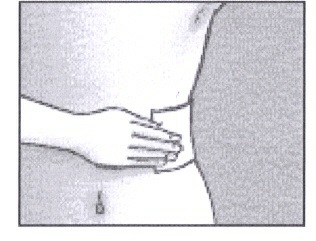
Leave the plaster on for 12 hours only
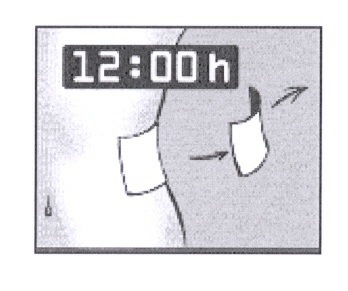
It is important that the plaster is in contact with your skin for only 12 hours. For example, if you have more pain at night you might want to put the plaster on at 7pm and remove it at 7am.
If you have more pain during the day you might want to use the plaster at 7am, and remove it at 7pm.
Bathing, showering and swimming
If at all possible contact with water should be avoided whilst using Lidocaine plasters. Bathing, showering or swimming can be done when you are not wearing the plaster. If you have had a recent bath or shower, you should wait until your skin cools before using the plaster.
If the plaster comes off
Very rarely the plaster might fall off, or come unstuck. If it does, try sticking it back on the same area. If it does not stay on, remove it and put a new plaster on the same area.
If you forget to remove the plaster after 12 hours
As soon as you remember, remove the old plaster. A new plaster can be used again after 12 hours.
If you forget to use the plaster
If you forget to use a new plaster after the 12 hour period with no plaster, you should stick on a new one as soon as you remember.
If you use more plasters than you should
If you use more plasters than necessary or wear them for too long, this may increase the risk of getting side effects.
If you have any further questions on using Lidocaine plasters, contact the Pain Clinical Nurse Specialist or ask your doctor or pharmacist.
How to remove and dispose of Lidocaine plasters
When changing the plaster, remove the old plaster slowly. If it does not come off easily, you can soak it in warm water for a few minutes before removing it. Used plasters still contain active ingredient, which may be harmful to others. Fold the used plasters in half, with the sticky sides together. Throw them away so that they are out of the reach of children and pets.
You should follow local guidelines for domestic waste when throwing away used or unused plasters. If you have any unused plasters take these to your Community pharmacist who will advise on how to dispose of
them.
Do not flush them down the toilet.







